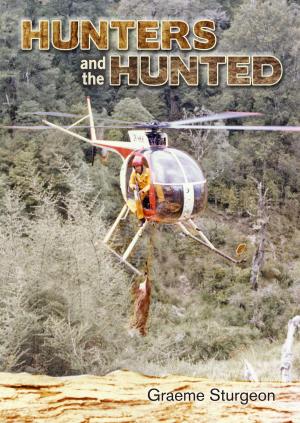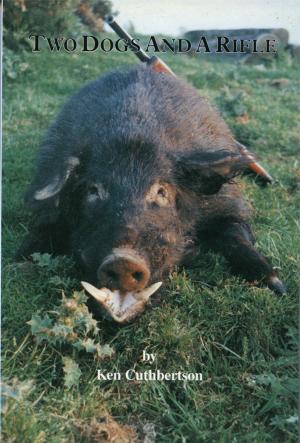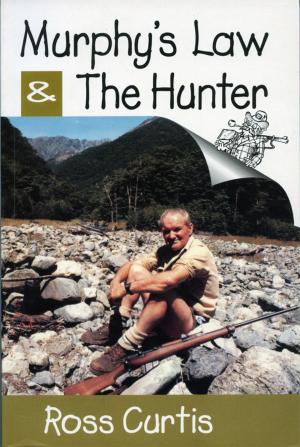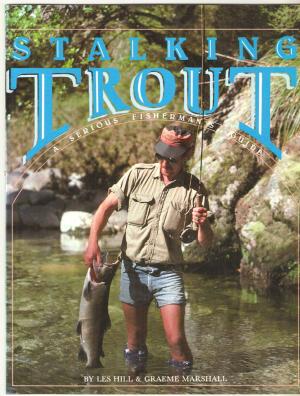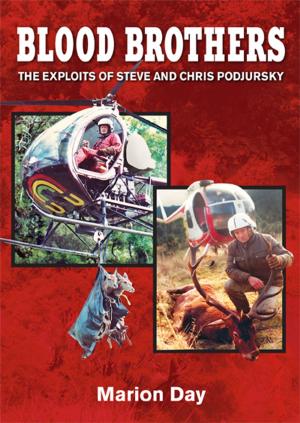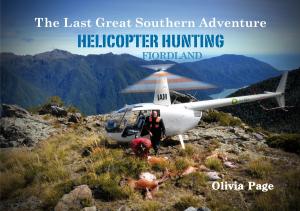| Author: | Graeme Marshall | ISBN: | 9781877566523 |
| Publisher: | Halcyon Publishing Ltd | Publication: | November 11, 2013 |
| Imprint: | The Halcyon Press | Language: | English |
| Author: | Graeme Marshall |
| ISBN: | 9781877566523 |
| Publisher: | Halcyon Publishing Ltd |
| Publication: | November 11, 2013 |
| Imprint: | The Halcyon Press |
| Language: | English |
Fly fishing for trout has been written about for hundreds of years. There are easier ways of catching trout but the fascination of fly fishing endures into the modern era. Despite major advances in equipment and countless variations on patterns of fly the actual method is remarkably faithful to that pioneered by the earliest exponents. Essentially, fly fishing involves the use of a long, flexible rod, a line which floats or sinks, a thinner leader so as not to disturb the quarry unduly, and an artificial fly of some description. Least important is a reel to hold the aforementioned line. Modern reels come with complicated drag systems but a skilful angler can easily cope with a dragless reel. The essence of fly fishing for trout though comes from the almost endless list of variables that transform a relatively simple operation to one with a myriad of challenges capable of thwarting even the most highly skilled angler. These variables take many forms; weather and wind conditions, the state of the river, air and water temperature and even the phase of the moon. To these environmental factors may be added human elements such as the skill of the individual angler, use of equipment that suits the situation, fly selection and simply the temperament of the angler. The upshot of all this is a highly complicated equation which usually favours the fish over the angler, especially when brown trout are the target. Whilst fly fishing is an inherently relaxing pastime it can also induce anxiety and frustration. Any guide will confirm that this is so. Graeme Marshall has guided hundreds of anglers over a career spanning more than 30 years. This book describes many of the obstacles to success he has encountered, but more importantly presents strategies and possible solutions to the myriad of problems. In concluding though he insists that fly fishing should be fun. This is a book for thoughtful anglers of all levels of expertise.
Fly fishing for trout has been written about for hundreds of years. There are easier ways of catching trout but the fascination of fly fishing endures into the modern era. Despite major advances in equipment and countless variations on patterns of fly the actual method is remarkably faithful to that pioneered by the earliest exponents. Essentially, fly fishing involves the use of a long, flexible rod, a line which floats or sinks, a thinner leader so as not to disturb the quarry unduly, and an artificial fly of some description. Least important is a reel to hold the aforementioned line. Modern reels come with complicated drag systems but a skilful angler can easily cope with a dragless reel. The essence of fly fishing for trout though comes from the almost endless list of variables that transform a relatively simple operation to one with a myriad of challenges capable of thwarting even the most highly skilled angler. These variables take many forms; weather and wind conditions, the state of the river, air and water temperature and even the phase of the moon. To these environmental factors may be added human elements such as the skill of the individual angler, use of equipment that suits the situation, fly selection and simply the temperament of the angler. The upshot of all this is a highly complicated equation which usually favours the fish over the angler, especially when brown trout are the target. Whilst fly fishing is an inherently relaxing pastime it can also induce anxiety and frustration. Any guide will confirm that this is so. Graeme Marshall has guided hundreds of anglers over a career spanning more than 30 years. This book describes many of the obstacles to success he has encountered, but more importantly presents strategies and possible solutions to the myriad of problems. In concluding though he insists that fly fishing should be fun. This is a book for thoughtful anglers of all levels of expertise.





